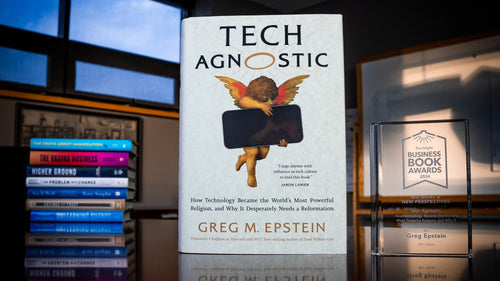Designing for Growth
When we think about design, we might think about talented people making things look and work in an interesting or useful way. But how does design play into situations where our input is needed? What if we manage designers?
When we think about design, we might think about talented people making things look and work in an interesting or useful way. But how does design play into situations where our input is needed? What if we manage designers? What if we manage engineers who design products? What if the company we work for makes any kind of product, or provides a complex service? In any of those scenarios, how we think about design becomes important.
So what does design thinking mean? It does not imply that one becomes a graphic designer when considering design, but it does imply a number of other things: empathy for any participants, how to inspire people, and how to communicate better.
 If you're with me so far, and are in product or people management, you'll want to read the new book by Jeanne Liedtka and Tim Ogilvie, Designing for Growth: A Design Thinking Tool Kit for Managers.
Now, you might be thinking, "This isn't for me. I'm in business, not design." Here's a scenario the authors pose to give you a clearer idea of the relevance of this book to your work:
If you're with me so far, and are in product or people management, you'll want to read the new book by Jeanne Liedtka and Tim Ogilvie, Designing for Growth: A Design Thinking Tool Kit for Managers.
Now, you might be thinking, "This isn't for me. I'm in business, not design." Here's a scenario the authors pose to give you a clearer idea of the relevance of this book to your work:
Consider a challenge faced by a leading consumer products firm: how to think about and respond to changes in the retail marketplace over the next ten years. Suppose that two student teams - one composed of MBAs and the other of design students - tackle the issue. How might each team approach its study? The MBAs would likely begin by researching trends in the marketplace - social, technological, environmental, and political. They'd read analysts' reports, interview industry experts, and benchmark leading retailers and competitors. They'd produce forecasts and a recommended set of strategies, complete with ROI, and NPV calculations. They'd deliver it all in a PowerPoint presentation. The design students would probably approach the project quite differently. They might begin with a similar trend analysis, but they would use it to develop scenarios of possible futures instead of spreadsheets. They would hang out in stores and talk to shoppers and employees, focusing on the shopping experience. They'd likely create some different customer personas and use the scenarios to try to model the changes in the personas' lives - and, accordingly, in their shopping habits - over the next ten years.Design thinking is a different way to approach common business problems, and it's something both entrepreneurs, managers, and CEOs need to explore, for their own business interests (growth), and for the experience their customers will have with them. This is an eye-opening book that will reveal the action-based approach to design thinking, the series of inaccurate assumptions made in most business thinking, and how to become better at recognizing and strategizing around opportunities that exist within not only our core business, but other avenues as well.



